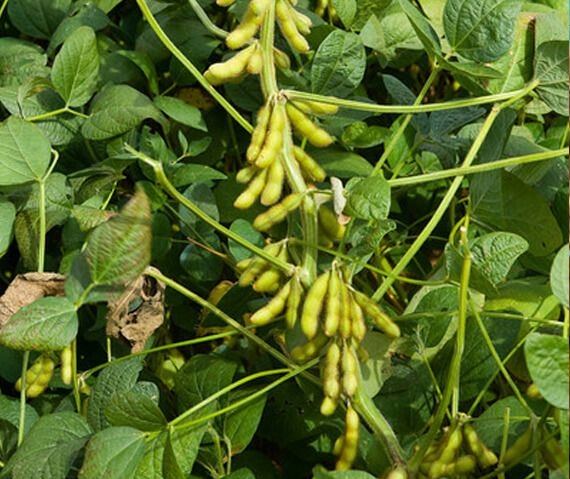Soybean prices fall as South American harvest ends and U.S. planting accelerates

According to the Conab agency, as of May 26, soybeans in Brazil have been harvested for 98.1% of 45.7 million hectares, and the harvest forecast remains at the level of 147-152 million tons.
The Buenos Aires Grain Exchange reports that as of May 22, soybeans in Argentina have been harvested on 78% of the area, and the harvest forecast has been raised to 50.5 million tons, which is slightly higher than the USDA's May estimate.
The USDA Crop Tour showed that as of May 26, 68% of the planned area was planted with soybeans in the US (78% last year, 63% on average over 5 years). Moderate temperatures and periodic rainfall favor sowing and crop development.
In 2023/24 MR (as of May 23), soybean exports from the USA reached 39.97 million tons, which is 17.5% lower than last year's pace. Strong competition from Brazil, which exports 13-14 million tons of soybeans per month, limits soybean exports from the United States to 1 million tons per month.
Yesterday on the exchange in Chicago, July soybean futures fell by 1.3% to $446.1/t (-2.6% for the week, +4.2% for the month), and November - by 1.2% to $439.7/t (-1.8% and +3.2%) against the backdrop of increasing sowing rates and slowing exports.
In Ukraine, as of May 23, 1.83 million hectares of the projected 2 million hectares (1.8 million hectares in 2023) have been sown with soybeans, and the long-awaited rains will accelerate sowing and promote the development of crops.
Export demand prices for GMO soybeans remain at $400-415/t or UAH 18,500-19,000/t with delivery to Black Sea ports, and for non-GMO soybeans at $460-465/t with delivery to Danube ports. But traders are already finishing their purchases of soybeans and starting to buy the new crop of canola.
Processors buy soybeans with GMOs at UAH 18,000-18,300/t and soybeans without GMOs at UAH 19,200-19,500/t with delivery to the factory, but they have difficulties with the sale of meal and pulp, as their prices in the EU are lower than in Ukraine.
The increase in soybean supplies from South America and the likely increase in canola supplies from Canada will increase the pressure on prices in the EU, which will negatively affect prices in Ukraine.


